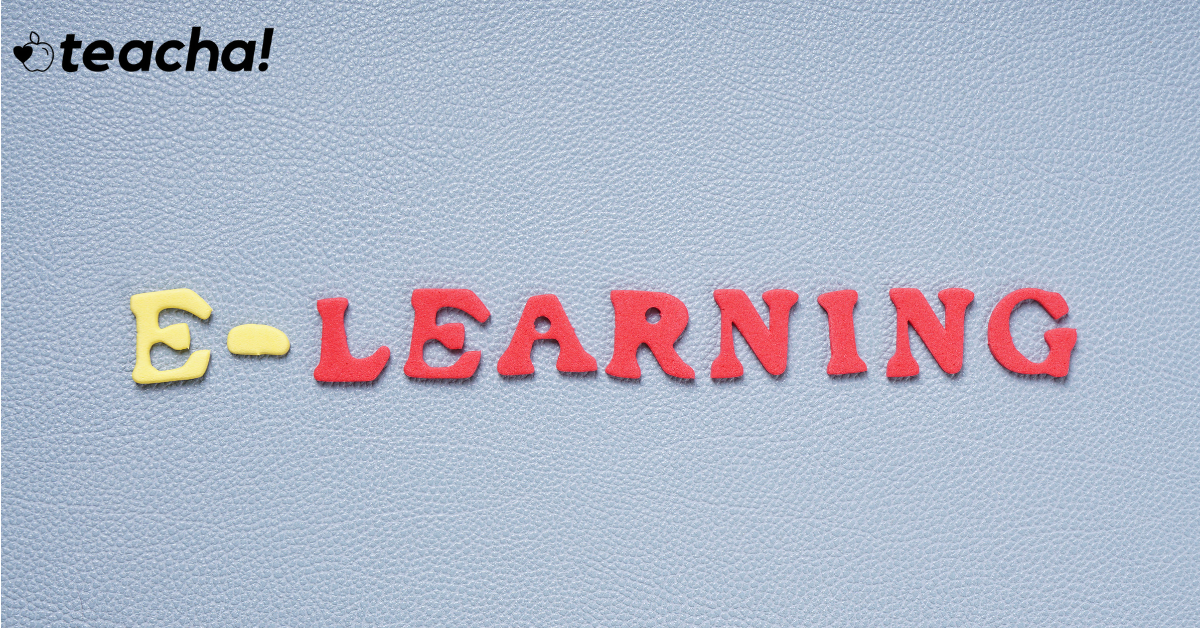eLearning: 7 Principles that make you a better teacher

Renate Röhrs
For somebody who has the words “eLearning specialist” on my Business Card, you would be surprised to learn that I hate the phrase eLearning. It makes it sound like you have eLearning and normal learning and that they are in some way different. There is no such thing as eLearning principles. The only principles that should matter in the class are teaching and learning principles. Having said that, technology made it possible for me to focus more on some of those principles and that has made me a better teacher.
1. Creating better learning experiences
More often than not teachers’ approach to technology integration resembles a solution looking for a problem. They learn about a new tool or program and then start looking for a place to fit it in. It should be the other way around. You should start with a problem, a need and then find the tool that will fill that need. Whenever you try a new programme, app or tool, ask yourself, how will this create a better learning experience for the learners? And remember, technology doesn’t automatically equal better learning. Sometimes you need to make a physical model or draw something by hand to really understand it.
2. Active Learning
“The one who does the work does the learning” (Doyle, T 2008)
Most of us know from personal experience that the more actively you engage with something, the better you understand it. Technology opens a number of new opportunities for learners to actively engage with the work they are doing. Instead of just copying down notes, learners can participate in a collaborative task, creating their own products and voicing their opinion.
3. Immediate and individual feedback
Reseach has shown that there is a direct link between the time it takes to get feedback and it the effectiveness of the feedback. In an ideal world, learners would receive feedback by the end of each lesson. But it is physically impossible for a teacher to manage that. But with automated marking, like Google Forms and peer feedback, technology can bring us closer to that ideal. It is inconceivable that in a world where everybody carries a supercomputer in their back pocket, a teacher with a four-year degree still spends their time marking multiple choice questions. If a computer does the marking, you can spend your time giving feedback.
4. An Authentic Audience
From personal experience I can tell you that when you know something will be seen or read by a wider audience, you put in more effort. The best way to get learners to engage with their work is to give them an authentic audience. This audience can take different forms, learners can engage with each other’s answers, or you can publish their projects to the school community, or even to the broader public via a blog or youtube. Parents are also an awesome audience to involve in learner’s work. The most important aspect of an authentic audience is that it gives every learner a voice, an outlet for their skills.
5. Collaboration
Learning is a social process. We engage better with work when we are also engaging with other people and build on their ideas. Collaboration is no new concept, but technology enables us to create a number of new avenues for collaboration, not just between the students in your class, but also between you and your students or even between students and the broader community. Technology, to a great extent, broke the walls of the classroom down. Learning experiences are no longer limited to what is happening in the class, but can easily be combined with the outside world.
6. Letting go of control
Teachers, per definition, are control freaks (it takes one to know one), but one of the most important principles in a technology-infused classroom is that you can’t, and doesn’t need to control everything. Technology-infused classrooms are all about autonomy and agency. It is no longer necessary that every learner does precisely the same thing at the same time. With Hyperdocs and flipped classes, you can easily diversify, which give you as the teacher the opportunity to really engage with students when and where they need it.
7. Start here, start now.
Your school might not be 1-to-1 yet, you might not have access to all the cool tools you see on the internet or know how to use them, but that doesn’t mean you can’t start. Technology-enhanced teaching doesn’t happen in the blink of an eye. It is a process that stretches over years, but if you do not make a start somewhere, you will soon find yourself getting further and further behind.
This article originally appeared in Teacha! Magazine’s first edition.



 KES(KSh)
KES(KSh) USD($)
USD($) GBP(£)
GBP(£) GHS(₵)
GHS(₵) NGN(₦)
NGN(₦) MUR(₨)
MUR(₨) BWP(P)
BWP(P) AUD($)
AUD($) TZS(Sh)
TZS(Sh) INR(₹)
INR(₹) PHP(₱)
PHP(₱) AED(د.إ)
AED(د.إ)


